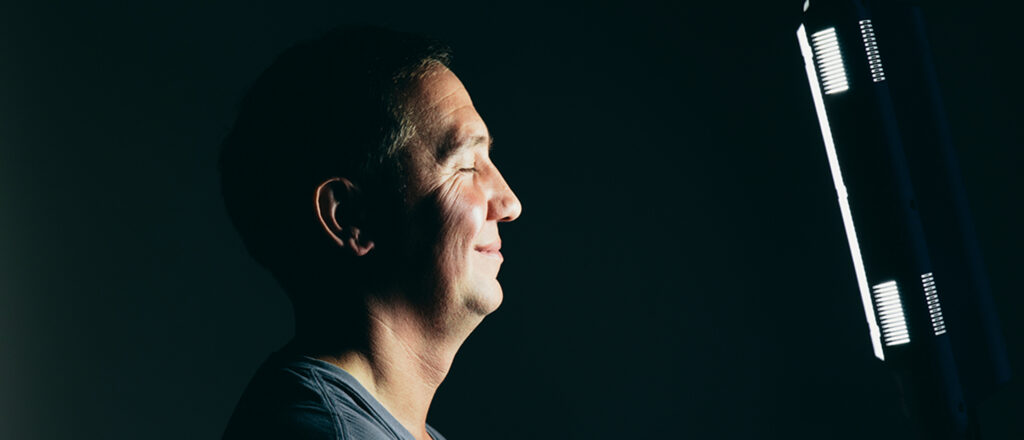
‘Tis the Season for Seasonal Affective Disorder – and Maybe Light Therapy
As the days get shorter and the nights get longer, many people start to feel down and out. Seasonal affective disorder (SAD) is a seasonal type of depression that most commonly occurs during autumn or winter and goes away in the spring.
Researchers aren’t sure what causes SAD. It’s thought that the lack of sunlight may trigger the condition in people who are prone to it. About 5% of people in America experience SAD. It tends to start in adulthood and affects more women than men. About 75% of people with SAD are women.
Symptoms of SAD include loss of pleasure and energy, feelings of worthlessness, inability to concentrate and uncontrollable urges to eat sugary and high-carb foods. This condition impacts your daily life, including how you feel and think. Fortunately, seasonal affective disorder can be treated.
If you have symptoms of SAD, don’t try to diagnose yourself. You’ll want to see your primary care physician for a thorough evaluation. Once you’ve received a SAD diagnosis, your PCP may recommend light therapy as part of your treatment plan.
What is light therapy?
Light therapy uses a light box that’s about 20 times brighter than regular indoor lighting. Most light therapy is prescribed for 15-30 minutes each morning at 10,000 lux (lux is a measure of light intensity). Light therapy is easy to do at home.
To use light therapy, you don’t look directly into the light. You simply place the lamp about two or three feet away and go about your usual activities. Many people like to eat, read, watch tv, or use their computers or digital devices during their sessions.
How long before it works?
People who use a light box often see results within two to five days. It may take about two weeks to reach full benefits. Because symptoms can return quickly when therapy is halted, healthcare providers often recommend using light therapy all winter long.
Wondering if you’d benefit from light therapy?
Before you invest in a light box, be sure you consult with your healthcare provider. You’ll want to determine whether you really have seasonal affective disorder before beginning light therapy.
Sources: NIH National Library of Medicine, HopkinsMedicine.org, ClevelandClinic.org
